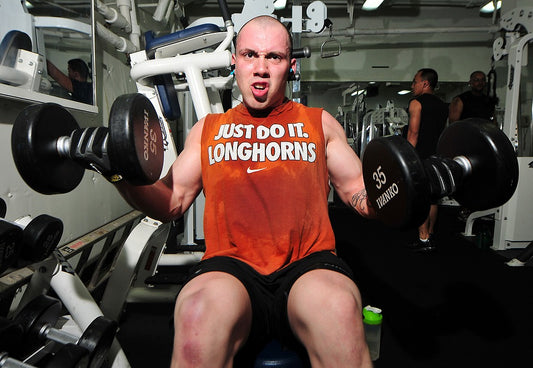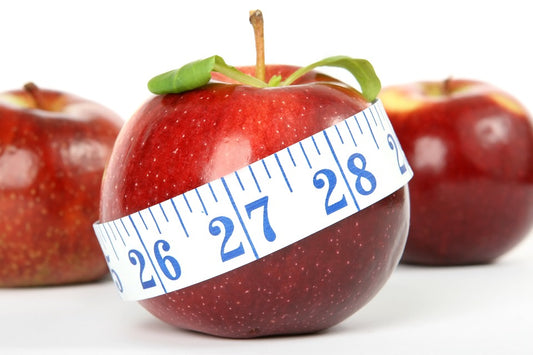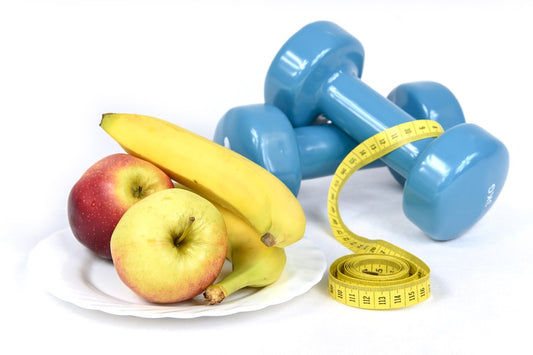CrossFit
Cross Training Gym – Tactics to Survive the Murph
It is almost a tradition that every Memorial Day, countless gym goers and CrossFitters put themselves through an insane and brutal combination of running and calisthenics. The Murph is one...
Cross Training Gym – Tactics to Survive the Murph
It is almost a tradition that every Memorial Day, countless gym goers and CrossFitters put themselves through an insane and brutal combination of running and calisthenics. The Murph is one...

Cross Training Workouts that Test Your Strength...
CrossFit has had the reputation of being a tough sport laced with some of the most gut-wrenching workouts. Nothing has changed and in as much as the coaches may usher...
Cross Training Workouts that Test Your Strength...
CrossFit has had the reputation of being a tough sport laced with some of the most gut-wrenching workouts. Nothing has changed and in as much as the coaches may usher...

Cross Training Diet – Calculating Your Calories...
When you hear of macros and calories and the tracking that needs to go into it, you may feel as if you are being taken through a torturous journey of...
Cross Training Diet – Calculating Your Calories...
When you hear of macros and calories and the tracking that needs to go into it, you may feel as if you are being taken through a torturous journey of...

Cross Training Nutrition – Why Eating Clean is ...
Eating clean is by all means recommended and highly encouraged in CrossFit nutrition. This is because the micro and macronutrients need to be put in a check for your body...
Cross Training Nutrition – Why Eating Clean is ...
Eating clean is by all means recommended and highly encouraged in CrossFit nutrition. This is because the micro and macronutrients need to be put in a check for your body...

Cross Training Gym – What to Wear for a Comfort...
CrossFit is a mainstream sport that has attracted a huge number of people as well as big name brands whose specialty is in CrossFit gear. With this array of wears,...
Cross Training Gym – What to Wear for a Comfort...
CrossFit is a mainstream sport that has attracted a huge number of people as well as big name brands whose specialty is in CrossFit gear. With this array of wears,...
Are You a Morning Cross Training Athletes? Here...
Getting out of bed and hitting the Cross Training Athletes gym at 6.00 a.m., needs a good level of dedication. The achievement you get from working out early enough before...
Are You a Morning Cross Training Athletes? Here...
Getting out of bed and hitting the Cross Training Athletes gym at 6.00 a.m., needs a good level of dedication. The achievement you get from working out early enough before...


